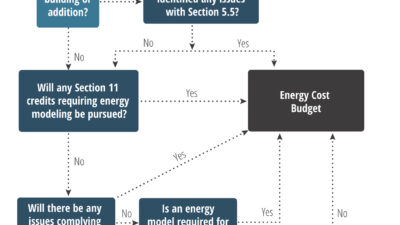Symposium calls for changes from circuits to networks.
Designing energy efficient
electronics will require architectural changes at every level from post-CMOS
circuits to smart building networks, according to speakers at a symposium on
the topic hosted by the University of California at Berkeley.
Electronics consume about
290 TeraWatt hours of electricity a year in the United States, a small slice of
the nation’s estimated total annual consumption of about 3,700 TWh. Buildings
draw the lion’s share of the power, about 2,700 TWh a year, said Bruce Nordman,
a researcher at Lawrence Berkeley National Lab in an opening talk.
Nordman called for engineers
to create a radically new architecture for smart, networked buildings based on
universal standards to curb power use. Today’s building controls such as
programmable thermostats can increase power waste because they are proprietary
and hard to use, he said.
Read the full story and
watch the video.



